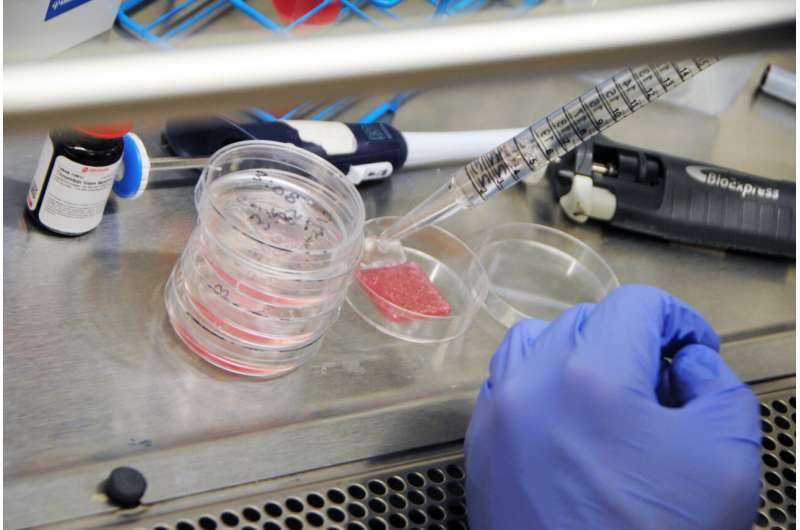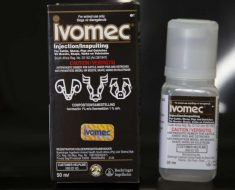
A research paper published in Science Translational Medicine presents a significant breakthrough in the area of skin regeneration and wound healing by researchers at the Wake Forest Institute for Regenerative Medicine (WFIRM).
The study shows the successful development of bioprinted skin that accelerate wound healing, support healthy extracellular matrix remodeling, and provide optimism for complete wound recovery. Anthony Atala, M.D., director of WFIRM and Adam Jorgensen, M.D., Ph.D., post-doctorate researcher at WFIRM, co-led the study.
Skin regeneration has long been studied with hopes of providing burn victims, wounded warriors, and those with skin disorders opportunities at complete healing. Available grafts are often temporary, or if permanent, have only some of the elements of normal skin, which often have a scarred appearance. The creation of full thickness skin has not been possible to date.
This study involved the bioprinting of all six major primary human cell types present in skin combined with specialized hydrogels as a bioink. Multi-layered full thickness skin was created which contained all three layers present in normal human tissue: epidermis, dermis, and hypodermis.
When transplanted in pre-clinical settings, the bioprinted skin formed blood vessels, skin patterns, and normal tissue formation. Additional arms of the study demonstrated improved wound closure, reduced skin contraction, and more collagen production to reduce scarring.
“Comprehensive skin healing is a significant clinical challenge, affecting millions of individuals worldwide, with limited options,” explained Dr. Atala, who is the primary author on the paper. “These results show that the creation of full thickness human bioengineered skin is possible, and promotes quicker healing and more naturally appearing outcomes.”
By leveraging existing bioprinting technology to address these limitations, the team at WFIRM has proven that fully functional skin regeneration is possible. The bioengineered skin grafts offer a triple-layer structure for full-thickness wound coverage.
More information:
Adam Jorgensen et al, Multicellular bioprinted skin facilitates human-like skin architecture in vivo, Science Translational Medicine (2023). DOI: 10.1126/scitranslmed.adf7547. www.science.org/doi/10.1126/scitranslmed.adf7547
Journal information:
Science Translational Medicine
Source: Read Full Article





